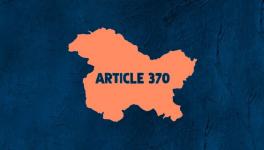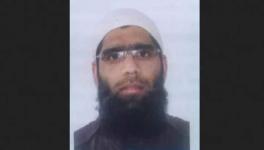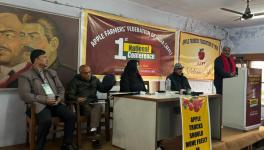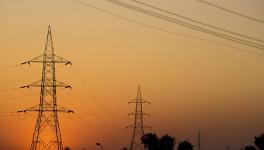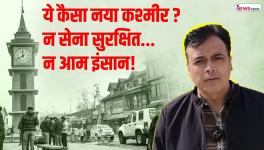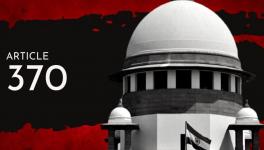Where Is Dineshwar Sharma, J&K’s Interlocutor?
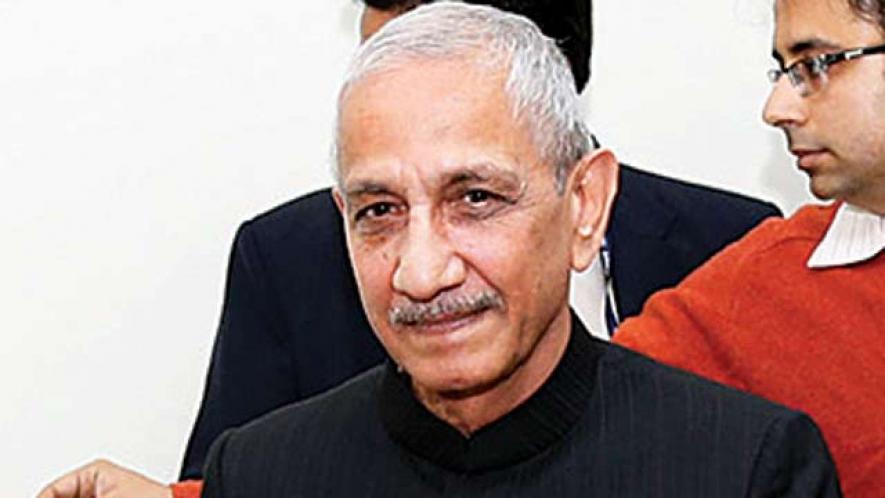
Image Courtesy: DNA India
When former Norwegian Prime Minister Kjell Magne Bondevik landed in Kashmir to meet separatist groups, many assumed that the exercise must have been facilitated by Dineshwar Sharma, the Centre’s special representative (Interlocutor). Soon, however, reports emerged that the meeting had been mediated by Sri Sri Ravi Shankar, founder of Art of Living (AOL). This led to a buzz in the valley — where was Dineshwar Sharma? Since the meeting would not have been possible without the Centre’s approval, it further raised suspicions about Sharma being side-lined.
Sharma was appointed as a Special Representative, on October 23, 2017, to carry forward the dialogue process with all the stakeholders in Jammu and Kashmir. But ever since the Bharatiya Janata Party (BJP) pulled out of the alliance with People’s Democratic Party (PDP) in July, his role has remained in perpetual limbo. Sharma is a 1976-batch Kerala cadre IPS officer. He was also the chief of India’s Intelligence Bureau. He was also appointed as an interlocutor for talks with Assam-based insurgent groups.
However, Sharma’s appointment as an interlocutor was seen as a “change of heart” of the Centre, as to many it seemed that the BJP-led National Democratic Alliance had acknowledged the need of a political solution in Kashmir. But Sharma’s disappearance from the political scene has made many believe that Centre has realised its failure. “His rank is equivalent to that of a Cabinet Minister. He was independent of the political dispensation. Specially dedicated to carry forward the talks. But he is silent. And there was no concerted effort on reconciliation. His presence didn’t lead to any results and the Centre has realised its failure,” a valley resident requesting anonymity.
Meanwhile, senior officials believe that Sharma’s mandate itself was unclear. An official said, “The mandate of Sharma was not clear from the very word go. Even when he was striking a conciliatory note, NIA (National Investigation Agency) was picking up Hurriyat guys. If the Centre didn’t accept Hurriyat as a stakeholder, then what was the purpose of appointing an interlocutor.”
It was on the suggestion of Sharma that the Central government had directed the then Mehbooba Mufti government to withdraw cases against youth involved in stone-pelting for the first time. Commentators said on Sharma’s insistence Ramzaan ceasefire came into effect and saw cases against first-time stone-pelters withdrawn, but credit was given to Mehbooba for this.
While the former Intelligence Bureau chief’s engagement was hailed by the people of Jammu, the common people were reluctant to engage with him. Another official said, “There was dichotomy in his approach. There was another side to Sharma’s reconciliatory tone.”
“India has been consistent in its past record of dealing with the Kashmir issue in an ad hoc manner. The previous government appointed processes or interlocutors without expecting them to deliver towards conflict resolution. Like the Manmohan Singh government appointed three interlocutors for Kashmir, who prepared a report, which was never perused by the government. Similarly, the Manmohan Singh government also never utilised the reports of the five Working Groups on Kashmir announced in 2006. In the same way, the Narendra Modi government announced the appointment of Dineshwar Sharma without specifying his mandate ever. The government consumed his credibility exactly like other interlocutors in the past,” said Khurram Parvez, human rights activist and coordinator of Jammu Kashmir Coalition of Civil Society.
Since, the state has been put under Governor’s rule, the Satya Pal Malik’s administration seems to be more focused on a bureaucratic approach and it seems that the link of communication has been snapped. “To many, the present focus has shifted to governance and they have fallen back into the same loop. Kashmir requires a political solution and unless the Centre accepts that, it will keep falling back to misgovernance-governance,” said a political observer.
Meanwhile, the eerie silence of the former IB chief indicates that he has perhaps succumbed to the Centre’s pressure. Recently,The Hindu newspaper quoted a senior government official as saying that Sharma “quietly visits the State now and fixes his own meetings. Earlier the J&K government played an overwhelming role in deciding his schedule, particularly in the Kashmir valley”.
Recently, the current governor Satya Pal Malik made a revelation that he may be transferred. Speaking at a function, Malik had said, “As long as I am here – it’s not in my hands – I don’t know when I will be transferred from here. I will not lose my job but the threat of transfer is here.” Malik’s fears had resulted in speculation that Dineshwar Sharma might be appointed Governor of J&K. However, 0fficial sources told Newsclick that there are no talks on this going on right now, but Sharma can any time be considered.
Get the latest reports & analysis with people's perspective on Protests, movements & deep analytical videos, discussions of the current affairs in your Telegram app. Subscribe to NewsClick's Telegram channel & get Real-Time updates on stories, as they get published on our website.











